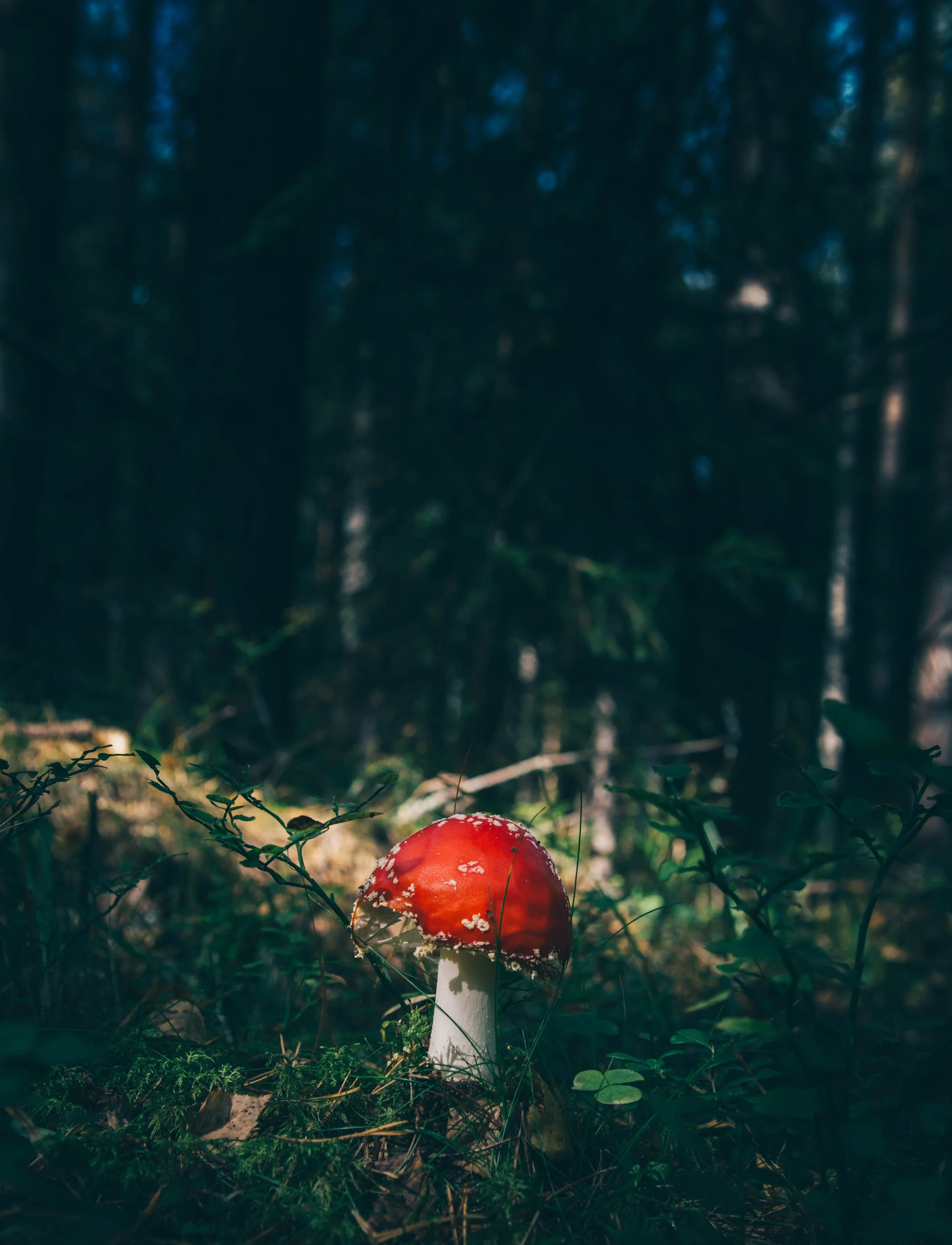Fungi Symbionts and The Mushrooms "leather"
Fungi Symbionts and the Mushroom “leather”.
Mycorrhiza
Mycorrhizal symbionts are green plants and fungi. In this community each member provides necessary nutrients for the other member: fungi provide minerals (nitrogen, phosphorus, potassium trace, or micro-elements) and water from the soil for a plant and plant produce organic molecules-sugars by photosynthesis and deliver it to the fungi. From this perspective, we could learn that fungi are capable of significant influence on the plant through this relationship. Depending on how much minerals fungi could deliver to the plant, plants can then grow bigger and have fruits of better quality. Fungi are increasing the surface area of the roots and this is another positive influence on the plant. In the house-conditions, it is easy to control the content of the soil for plants. To add some mycorrhizal fungi, the best time is when planted. The mixture often contains biostimulants such as plant hormones (gibberellins, auxins, and cytokinins), additional amino acids, etc. List of mycorrhizal plants is really wide and here are some of the them which can be easily grown in house setup: Chives, Spinach, Carrot, Lily, Tulip, Lilac, Fuchsia, Peony, many from the Poaceae family; especially easy to grow are: Parsley, Onion, Lettuce, Chamomile, Mint, Lavander, Sage, Thyme, Oregano, Basil, Tomato, Potato.
Lichens
Lichens are made of joint green algae and fungi. Common in nature, on the trees, ground, or the stone, lichens provide shelter, food, and many present significant pollution indicators in the environment. Pollution is low when lichens are present and vice versa. They are often pioneering organisms, being first to grow at non-organic surfaces and providing more suitable environments for other, upcoming species. Fungi collect minerals and water for this community, while algae produce sugar via photosynthesis - similar process as it is present in mycorrhiza. Fungi make a wide and diverse group of organisms, with a divided kingdom and a variety of significant roles in nature. Only some of them are known to us and even less of them appreciated. New time brings new ecological solutions, nutritional and medicinal roles for fungi (mushrooms), and high-quality products made of mushrooms which are animal-cruelty free.
Mushroom “leather”
The greatest mushroom body was produced by a specie Phellinus ellipsoids, which usually grows on the side of a tree . Mycelium of this mushroom can be used for the production of various objects-wallets, bags, shoes, etc (for which is usually used animal skin). For the growing population of vegans, this is very valuable data. The time has come when people don’t have to give up on natural, high-quality products but instead can choose non-animal materials and as a result, stop animal cruelty.
Photo by Thanh Soledas on Unsplash






